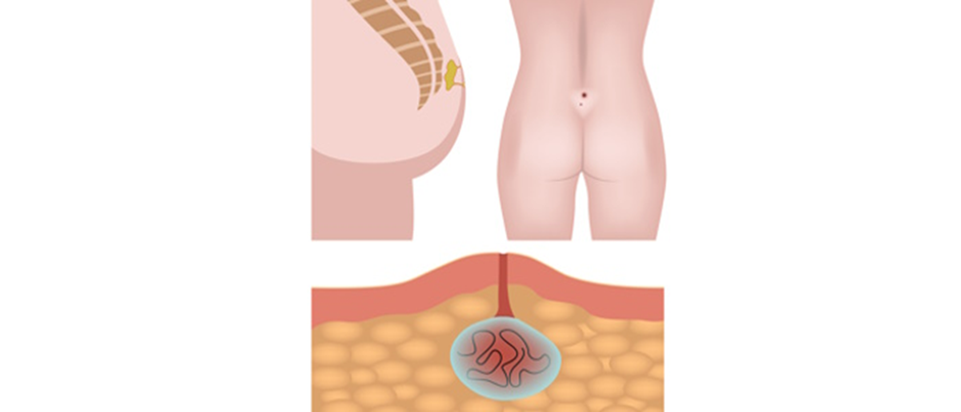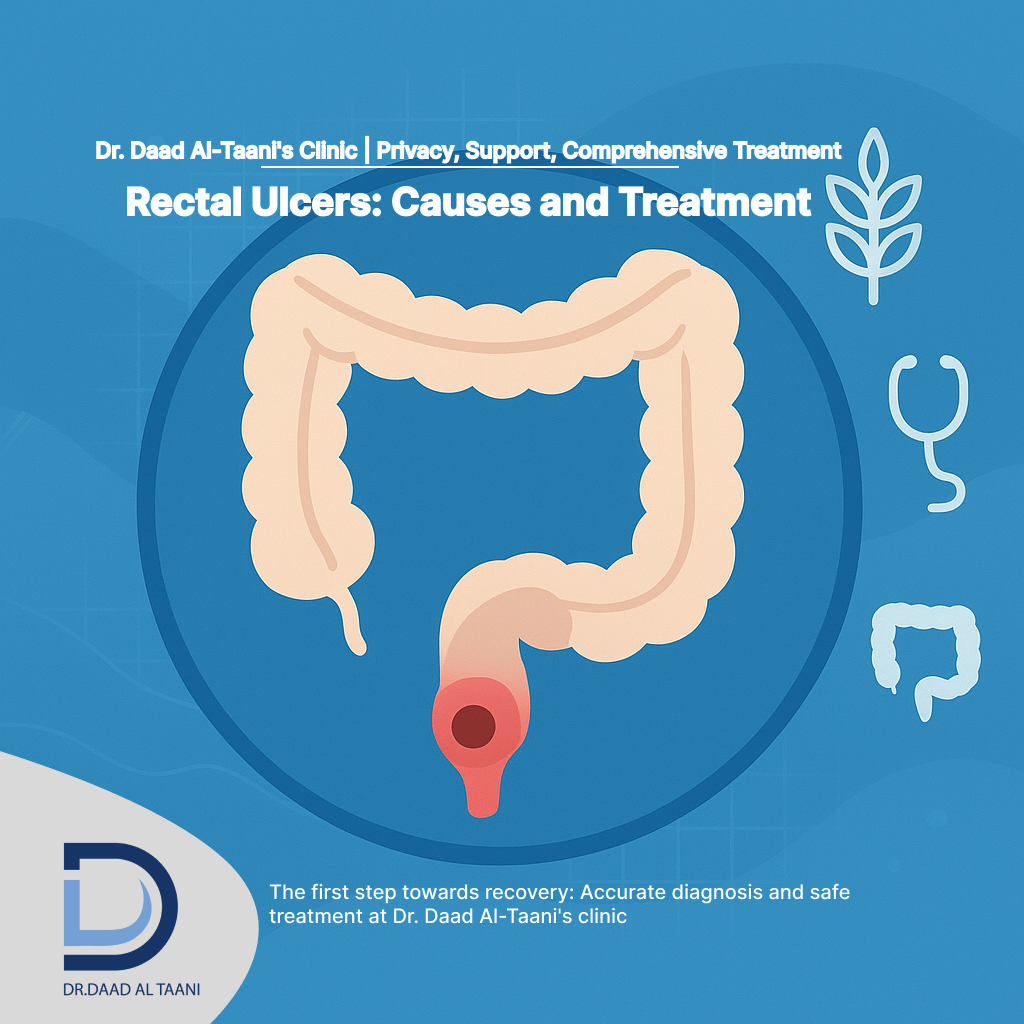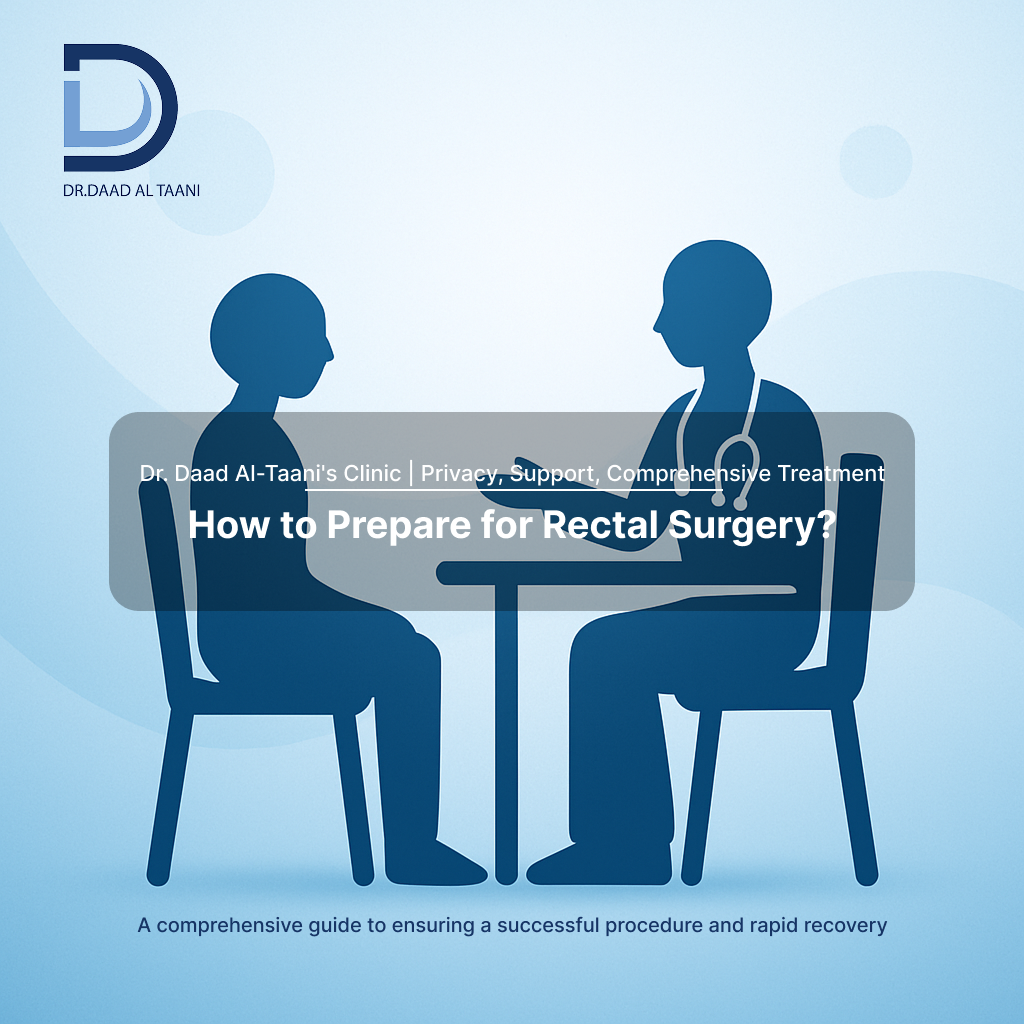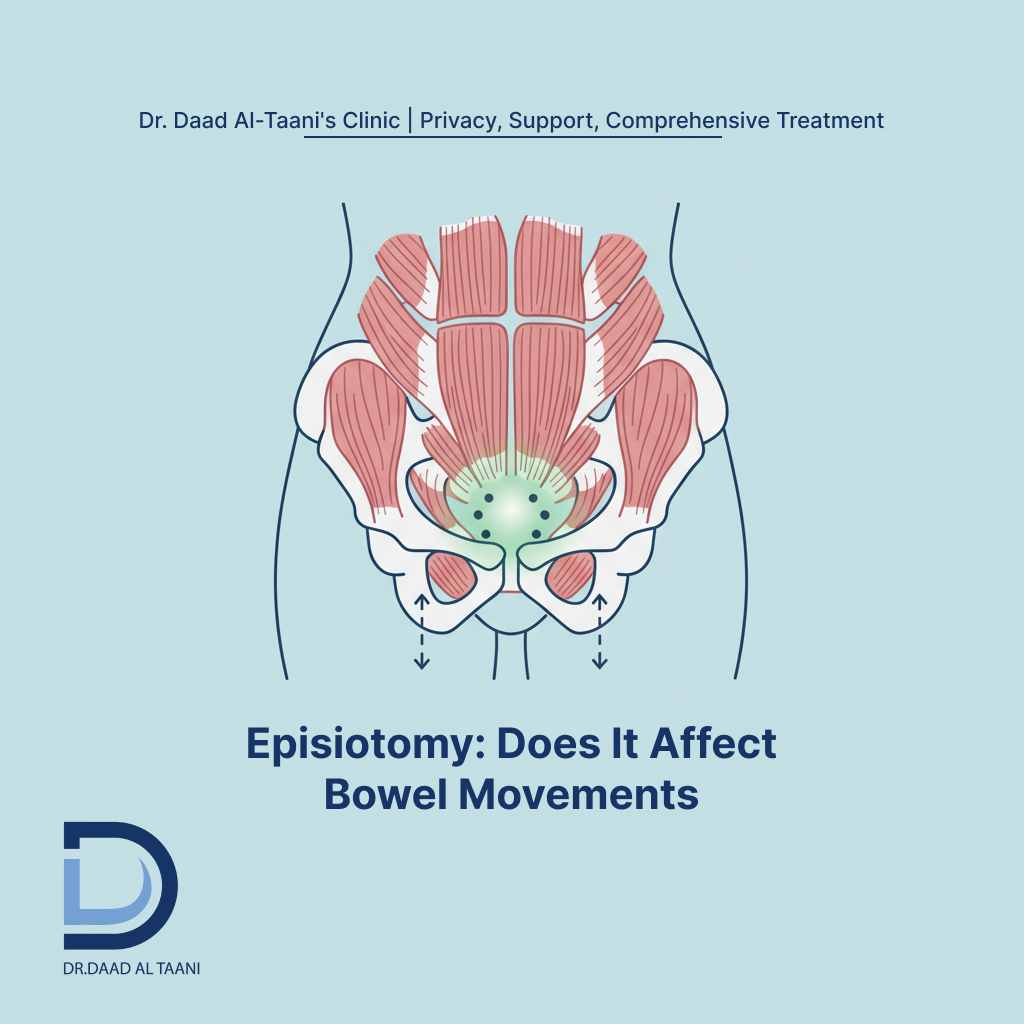Pilonidal Sinus: A Common Condition in Young People That Requires Early Intervention
Pilonidal sinus, also referred to as a hair cyst, is a common condition that affects the lower back near the tailbone. It develops when hair becomes trapped under the skin, leading to one or more small openings. This condition frequently appears in young individuals—especially those with thick body hair or sedentary lifestyles.
Experts propose two main theories regarding its cause. One suggests it is congenital, caused by abnormal cells present from birth. The more widely accepted explanation is that hair penetrates the skin due to friction and pressure, resulting in inflammation and cyst formation.
Certain factors raise the risk of pilonidal sinus, including obesity, excessive sweating, and poor personal hygiene. Prolonged sitting and coarse hair are also major contributors.
Early symptoms often include a sense of discomfort or a foreign body sensation in the lower back. As the condition progresses, patients may notice mild pain, itching, swelling, or redness. In more advanced cases, pus with a foul odor may drain from the area, and a painful abscess can form.
Treatment options vary based on severity and may include laser therapy, endoscopic procedures, flap surgery, incision and drainage, or full cyst removal. Many patients recover quickly with the right approach.
Prompt consultation with a specialist is crucial when symptoms appear. Dr. Daad Al-Taani in Dubai offers advanced, minimally invasive treatments tailored to each patient’s condition, backed by years of experience in managing pilonidal sinus.
By detecting the condition early and following up regularly, patients can greatly reduce the risk of recurrence or complications. If you’re experiencing any signs, don’t hesitate to seek medical advice.
You can also explore more expert insights and case discussions with Dr. Daad Al-Taani on our YouTube channel.








